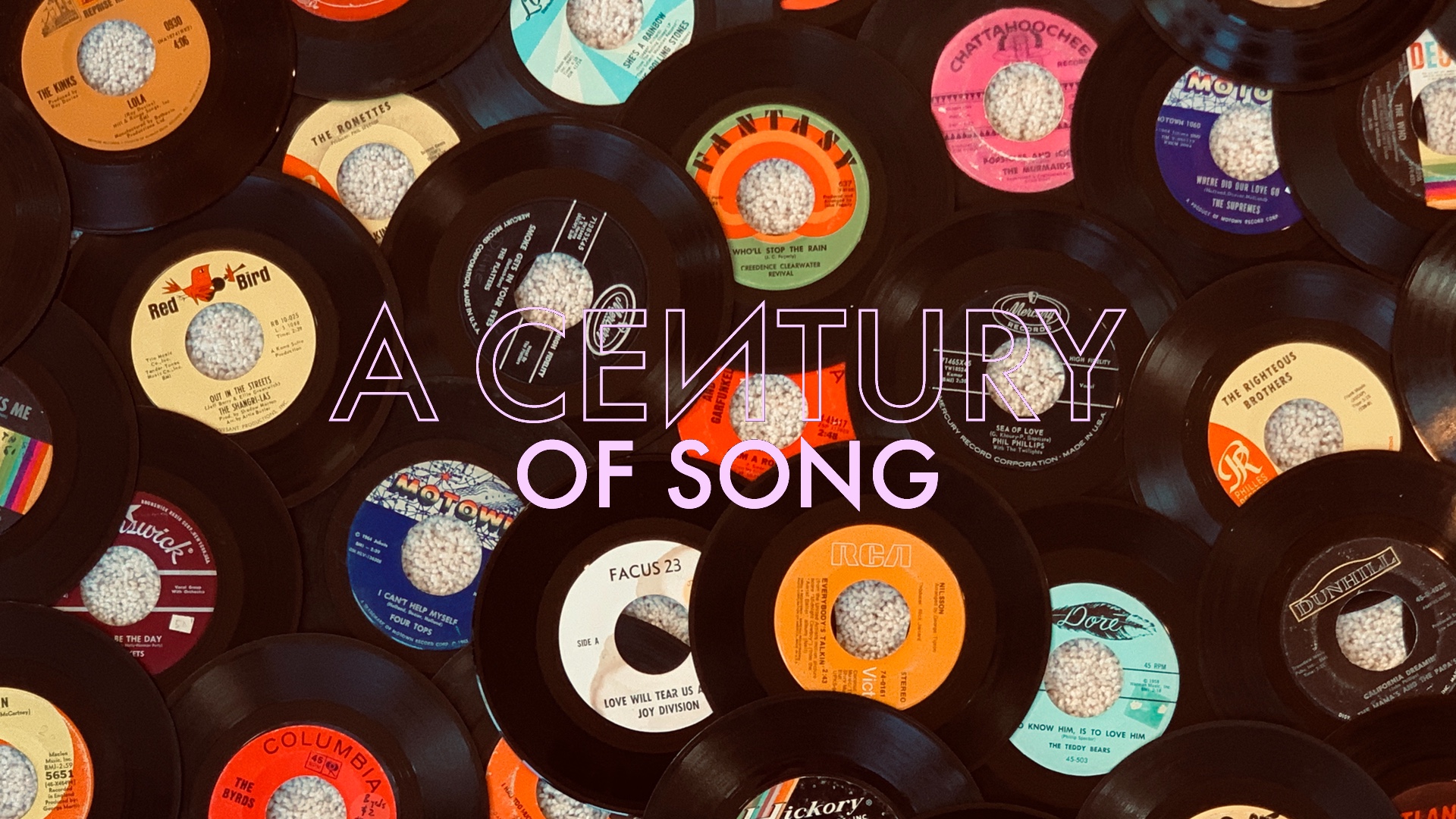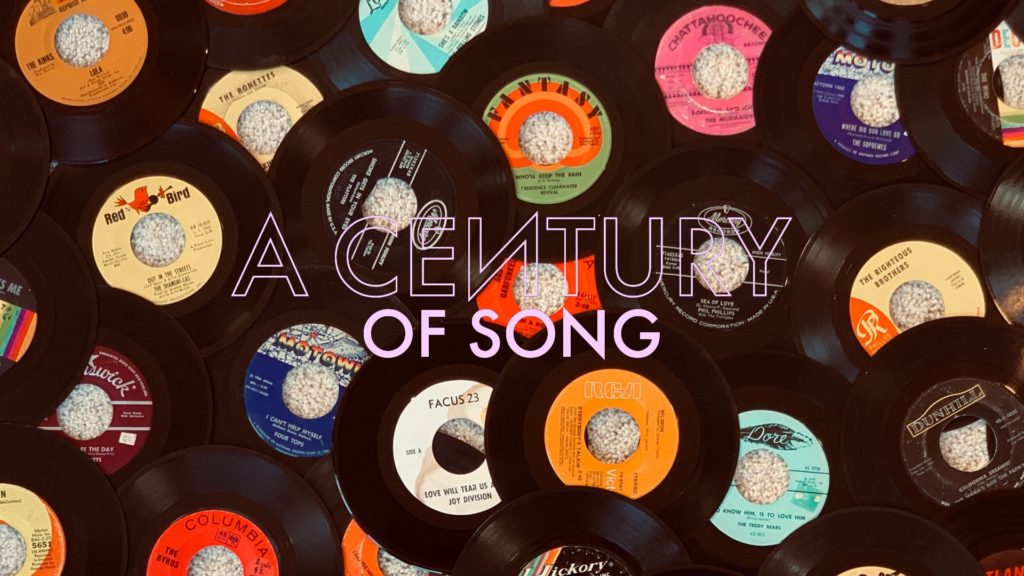
A Century of Song is an attempt to summarize 100 years of popular music through 1000 carefully chosen tracks. Included within this list are landmark singles, stellar album cuts, huge hits, hidden gems, and more than a few personal favorites. Read the introduction for the project here, and enjoy the embedded videos and Spotify playlist.
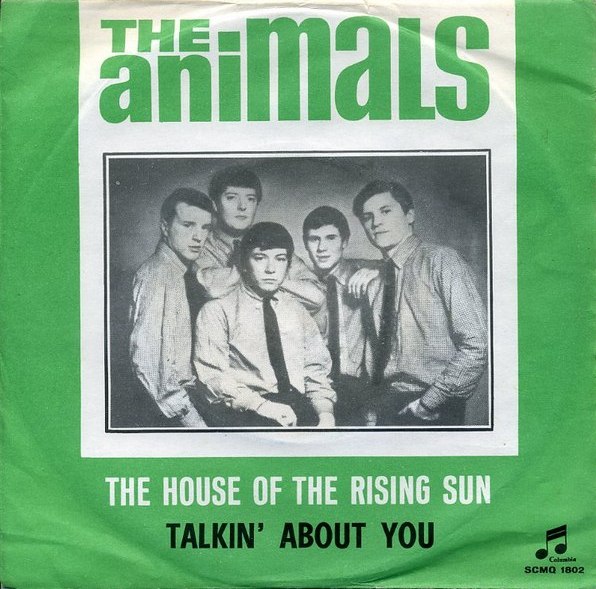
150
The A-side to The Animals’ second single was the track that truly introduced the British group’s modern R&B sound to the wider world. Adapting an old traditional ballad with roots back to the sixteenth century – one that had also been recorded by the likes of Woody Guthrie, Josh White, and Nina Simone – The Animals made a startling first impression.
It was likely that the version with the biggest impact on The Animals’ “House of the Rising Sun” was the one recorded by Bob Dylan in 1962. Released on his self-titled debut, Dylan’s “House” had been adapted from fellow New Yorker Dave Van Ronk’s rendition of the song – itself derived from a version by a Kentucky singer, Georgia Turner.
In even the most rudimentary of takes, “House of the Rising Sun” has a hauntingly ominous quality. Though The Animals were just another in a long line of artists to record the piece, their 1964 single showed that – in the right hands – the song could become transcendent. Vocalist Eric Burdon delivers a stirring performance over the arpeggiated guitar chords of Hilton Valentine, and the swirling notes from Alan Price’s Vox Continental organ underscores the track’s nightmarish quality.
“House of the Rising Sun” broke all kinds of established norms and conventions for pop singles when it arrived in the summer of 1964. Amid the pandemonium of Beatlemania, the track would ultimately expand the parameters for what a successful rock group could do, in terms of tone, theme, and musicianship.
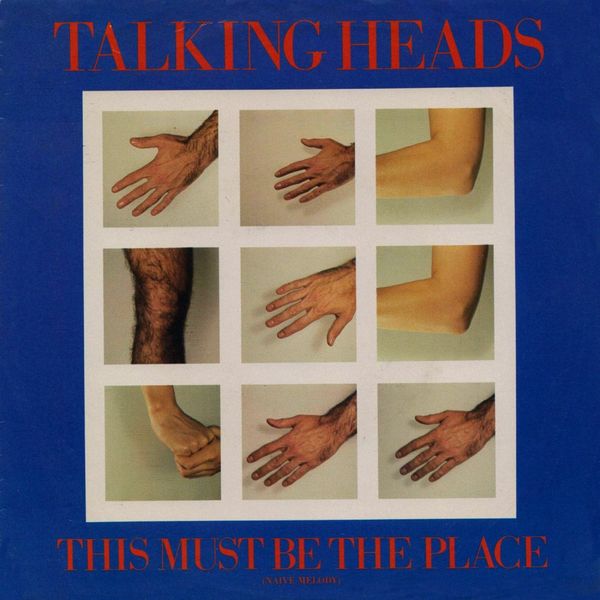
149
While it has always been considered one of Talking Heads’ best songs, “This Must Be the Place” has seemingly found an even higher level of appreciation in recent years. As the closing track to 1983’s Speaking in Tongues, it rounded out the remarkable five-album stretch that represents the apex of the New York band’s career.
“This Must Be the Place” has little of the nervy paranoia or irony that characterize much of Talking Heads’ greatest work. However, it still manages to retain the restless creativity and idiosyncrasies that helped the group stand apart from their less-inspired contemporaries. While other tracks may better represent their sound as a whole, it’s reasonable to suggest that this may in fact be Talking Heads’ greatest moment as a pop group.
There’s a breeziness to “This Must Be the Place” that meshes perfectly with David Byrne’s most optimistic set of lyrics. The rhythmic and melodic warmth that stand at the center of the band’s best work is present and accounted for in Byrne’s keyboard melody, the amiable synth bass line of Jerry Harrison, and the interplay between Tina Weymouth – who played guitar on the track – and husband/drummer Chris Frantz.
Like most of Speaking in Tongues, “This Must Be the Place” was animated to fantastic effect on Talking Heads’ 1984 live film, Stop Making Sense. Byrne’s Fred Astaire tribute provides the song with yet another charming element, and the band – with their talented cast of supporting musicians and vocalists – find a way to improve upon the nearly-perfect studio version.
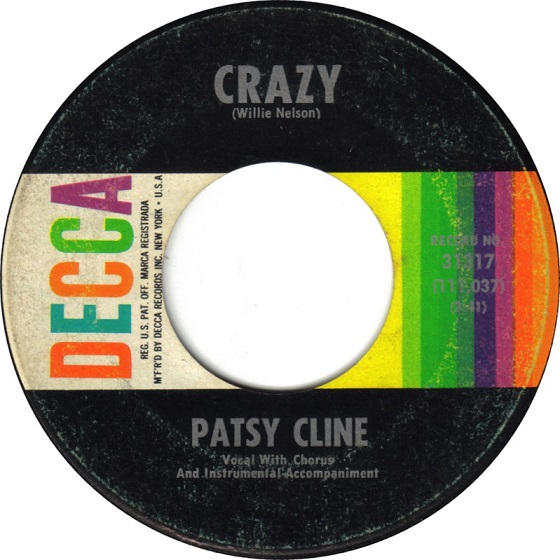
148
Written by Willie Nelson – and recorded for his 1962 debut album, And Then I Wrote – “Crazy” would become a massive success in the hands of Patsy Cline. A rare pop crossover hit for a country artist, the single would quickly become Cline’s signature song.
While Nelson’s original version of “Crazy” was delivered in his trademark conversational style, Patsy Cline lent an elegance to the track, with one of her finest vocal performances. She deftly handles the song’s complex melody, delivering it in a passionately resigned tone that recasts the track as a work all her own.
Behind Cline was an all-star cast of session musicians. While they knew enough to keep her vocals front and center, their melodic flourishes – particularly those of pianist Floyd Cramer – provided a perfect counterpart to the song’s melancholy lyrics. As usual, Cline was also backed by the superb vocal harmonies of her frequent collaborators, The Jordanaires.
Having already charted with “Walkin’ After Midnight” (#828) and “I Fall to Pieces” (#465), Patsy Cline was a country music superstar by the time “Crazy” was released in the fall of 1961. It would become her first single to enter the top ten of the Billboard pop charts – a feat she would not repeat, due to her tragic death in a plane crash in March of 1963.
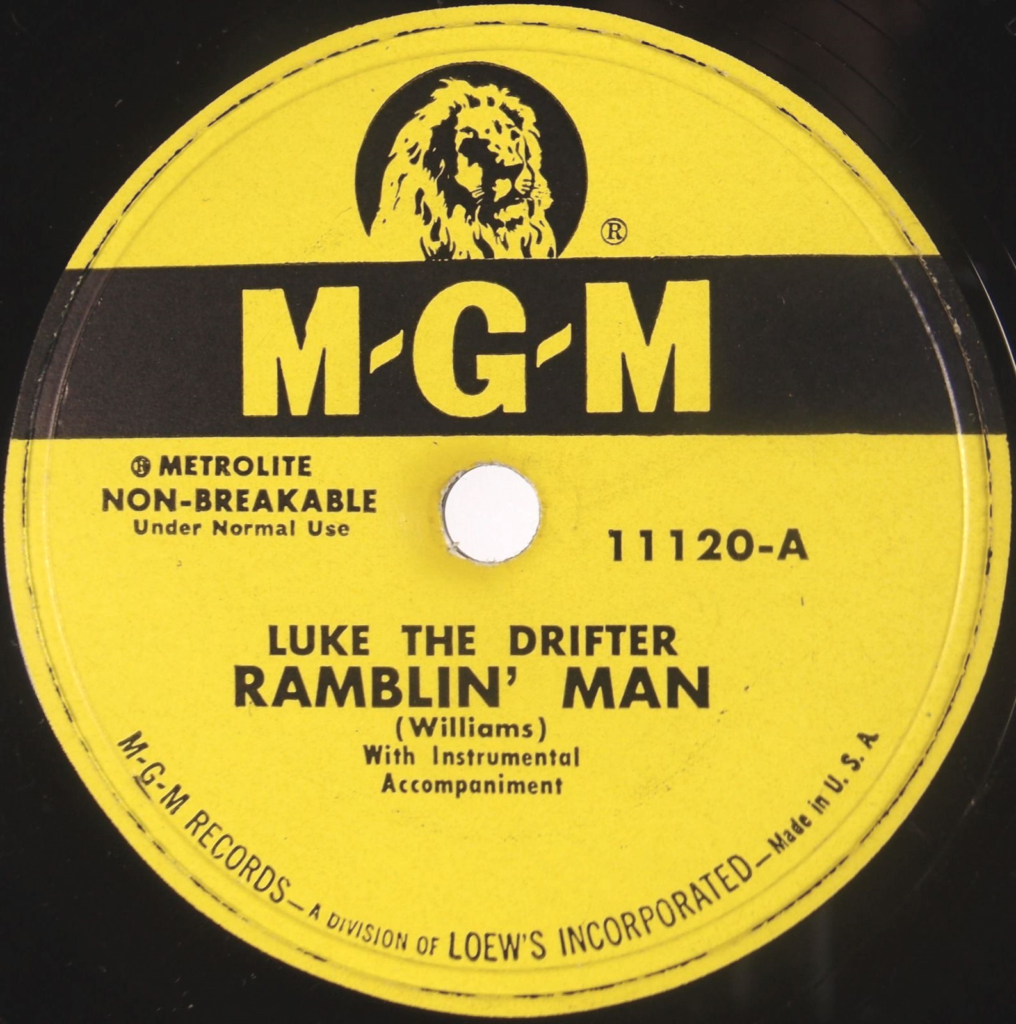
147
In 1950 Hank Williams started to release a series of religious recordings under the alias “Luke the Drifter.” These tracks tended to vary greatly from the heartbroken ballads and upbeat honky tonk songs that had made him a star, and Williams turned to the pseudonym to – as contemporary folks might say – “protect his brand.”
The Luke the Drifter singles are rarely celebrated with the same enthusiasm as Williams’ better-known hits. Heavy-handed, preachy, and often delivered in spoken-word form, they don’t exactly rate among his best work. With one clear exception. Released in December 1951, “Ramblin’ Man” is a shockingly stark track that features one of Williams’ finest performances on record.
There’s an eeriness to “Ramblin’ Man” that is immediately established in the song’s first bars. Don Helms’ piercing pedal steel guitar sets an ominous tone, while Hank strums a minor key progression. When Williams’ vocals enter, they sound like the musings of a haunted man. It’s a desolate performance – one matched by Williams’ lyrical imagery:
I love to see the towns a-passin’ by
And to ride these rails ‘neath god’s blue sky
Let me travel this land from the mountains to the sea
‘Cause that’s the life I believe He meant for me
And when I’m gone and at my grave you stand
Just say God’s called home your ra-amblin’ man
Just a little over a year after he released “Ramblin’ Man,” Williams was in fact called home. At the age of twenty-nine, his death was a tragic loss – one that would lend his greatest work an even deeper sense of poignancy.
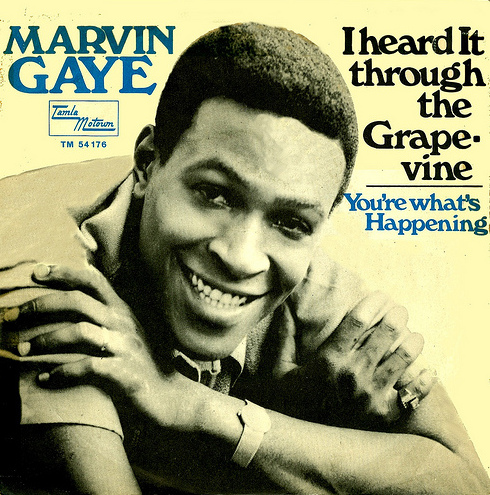
146
Marvin Gaye had already carved out a pretty impressive career prior to 1968, but that October found him experiencing his first true brush with greatness. While Gaye wasn’t the first artist to record or release “I Heard It Through the Grapevine,” it was his version that would end up setting the standard for all others.
Gaye’s take on “Grapevine” is introduced by a portentous bass line and a decided sense of drama. It was this element that inspired Creedence Clearwater Revival’s apocalyptic cover of the track for 1970’s Cosmo’s Factory; but where CCR exorcised the song’s demons through John Fogerty’s extended guitar workout, Gaye does so in one of his most pained vocal performances.
Supporting that performance was the track’s lush string arrangement and the backing vocals of The Andantes – a Detroit group that appeared on several of Motown’s classic recordings. Their harmonies provide a cutting counterpart to Gaye’s vocal work, helping to further separate his version from the contemporaneous singles by The Miracles and Gladys Knight & The Pips.
Due to those competing versions, Motown head Berry Gordy opted to release Gaye’s rendition of “Grapevine” as an album-only track. When radio stations began playing the LP cut on heavy rotation, Gordy had no choice but to release it as a single. It would hit #1 on both sides of the Atlantic and become Motown’s biggest selling single to date.
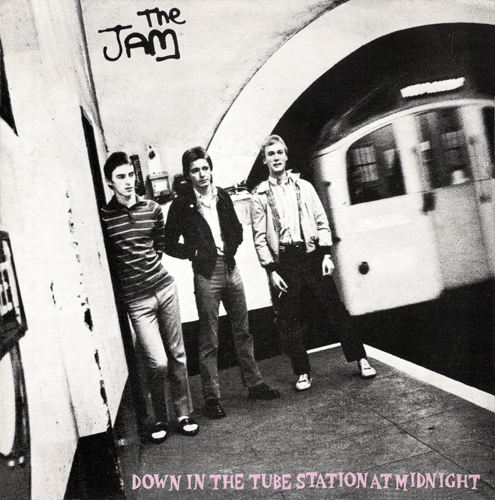
145
Certainly one of the most terrifying songs to ever chart in the UK, “Down in the Tube Station at Midnight” combined socially conscious lyrics with a powerhouse instrumental performance. Brimming with such ominous tension that the BBC ultimately banned it, “Tube Station” is Paul Weller and The Jam’s masterpiece, and the highlight of their 1978 album, All Mod Cons.
Musically, the track is carried by The Jam’s dynamic rhythm section. Bruce Foxton plays his bass guitar almost like a lead instrument, while Rick Buckler oscillates between the tense buildup of the verses and the release of the chorus. Weller punctuates the rhythm with stabbing guitar chords and a multi-tracked lead that lends the song an anthemic quality.
As impressive as the music is, “Tube Station” is most notable for its lyrical content – a chilling depiction of a violent midnight attack in a London subway station. Written in the wake of similar assaults on immigrants, Weller decries the song’s villains as thugs who “smelt of pubs, and wormwood scrubs, and too many right-wing meetings.” The track reaches it chilling conclusion as the narrator/victim turns his (perhaps) dying thoughts to the one waiting for him at home:
I glanced back on my life, and thought about my wife
‘Cause they took the keys, and she’ll think it’s me
The urgency of the track is delivered not only in the band’s captivating performance, but in Weller’s gasping, rapid-fire vocal delivery. After a brief fade-out and return – separated by a field recording from an actual tube station – the anxious music fades once again. It stays quiet this time, but the impression that it leaves remains.
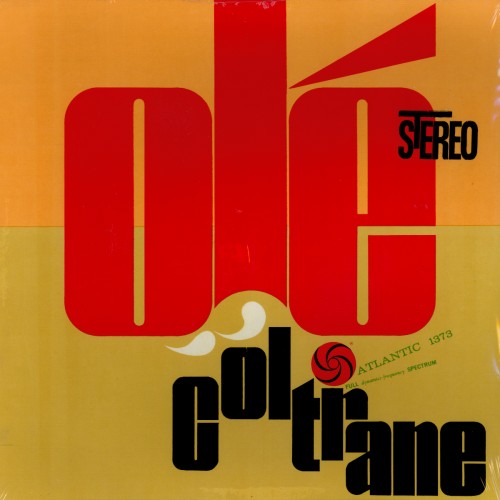
144
Likely inspired by Miles Davis’ 1960 album, Sketches of Spain, John Coltrane recorded Olé the following year. Just as Davis had used Joaquín Rodrigo’s Concierto de Aranjuez as the centerpiece for his own album, Trane found his influence in a Spanish folk song called “El Vito.” It would serve as the basis for one of the saxophonist’s most ambitious compositions to date.
“Olé” follows the modal path that Coltrane had engaged in as a sideman for Davis’ 1959 masterpiece, Kind of Blue. However, where that record found a comfortable middle ground between experimentation and accessibility, “Olé” was a decidedly more challenging work. While it was rich in melody, the extended piece left its talented cast of contributors plenty of room for exploration.
That talented cast included several holdovers from Coltrane’s most recent session, which had produced much of the Africa/Brass album just two days before; how’s that for a long weekend’s worth of work? It’s McCoy Tyner’s piano that provides “Ol锑s musical signature, and the dueling basses of Reggie Workman and Art Davis which lend the track a palpable tension.
Olé stood at the center of a dizzyingly productive year for John Coltrane. 1961 saw him releasing eight studio albums, at least four of which are universally hailed as classics. While his peak was arguably still to come, the range and quality of the body of work that he produced in 1961 was nothing short of staggering. “Olé” provided eighteen of its most compelling minutes.

143
2002’s remarkable Yankee Hotel Foxtrot was not only a sonic reinvention for Wilco, but it also represented the apex of Jeff Tweedy’s song craft. Joining “Ashes of American Flags” (#172) at the record’s midway point, “Jesus, etc.” sets up a stunning one-two gut punch.
Label disputes would ultimately delay Yankee Hotel Foxtrot‘s release until April 2002, but the record had sat completed for nearly a year at that point. In the intervening months, America had undergone dramatic changes – changes that couldn’t help but cast “Jesus, etc.” in an entirely new light. What was merely poetic before now seemed prophetic. For example, take the song’s chorus and bridge sections:
Tall buildings shake
Voices escape singing sad sad songs
Tuned to chords strung down your cheeks
Bitter melodies turning your orbit around
Voices whine
Skyscrapers are scraping together
Your voice is smoking
Last cigarettes are all you can get
Turning your orbit around
Cast against the bittersweet violin/viola melody that introduced the song – and swelled to tearjerking effect in its final third – Tweedy’s lyrics take on a pained sense of resignation. That they’re expressed in one of his finest melodies only adds to the song’s devastating impact. In its final verse, Tweedy delivers the knockout blow:
Our love
Our love is all we have
Our love is all of God’s money
Everyone is a burning sun
In 2020 Tweedy published his second book, How to Write One Song, in which he outlines his steps for a successful creative process. Tricks and routines are helpful, but there’s no formula for creating something as elemental, heartbreaking, and sublime as “Jesus, etc.”
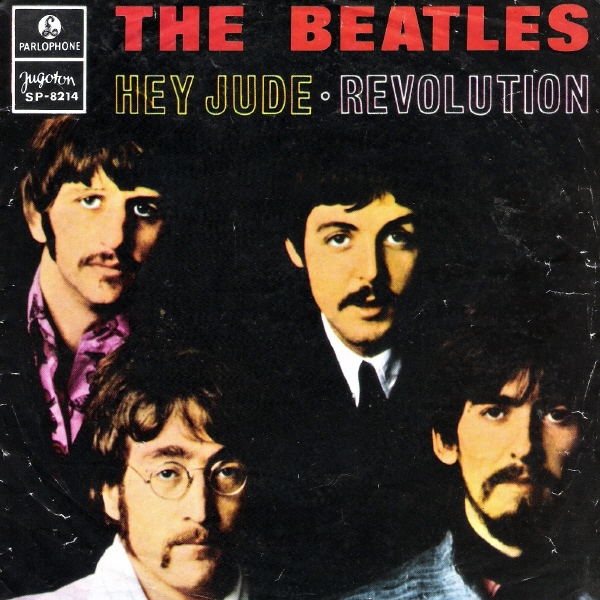
142
At this point, the story behind “Hey Jude” – one of The Beatles most beloved songs – is well known. Written by Paul McCartney as a show of support for John Lennon’s son, Julian – whose parents were going through a very public separation and divorce – the song has transcended its narrow inspiration to become something far more universal.
For its first half, “Hey Jude” sticks to a relatively straightforward formula. A hymn-like ballad of genuine warmth, the song features one of McCartney’s most affecting melodies. Lennon and George Harrison contribute soaring harmony vocals, and the instrumental backing remains simple and unobtrusive.
It’s in the song’s second half where “Hey Jude” defied radio convention. Its denouement was an extended chant that stretched the song past the seven-minute mark – virtually unheard of for a major pop act, but a luxury afforded by both The Beatles’ status as the world’s biggest band, and the fact that “Hey Jude” was the first single released on the group’s own Apple imprint. Unsurprisingly, it hit #1 in virtually every country to keep track of such things.
The Beatles filmed a promotional clip for “Hey Jude,” in which they were joined in the song’s second half by dozens of backing vocalists for a “spontaneous” sing-along. Filmed in the middle of the contentious sessions for the “White Album” – and not long before their dissolution – it’s one of the last happy images of the band that the world would see.
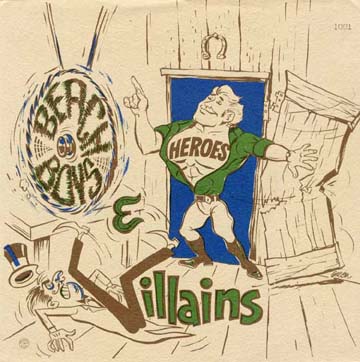
141
Following the unqualified success of his 1966 “pocket symphony” “Good Vibrations,” Brian Wilson set out to create an entire album in the modular styling that had made it such a groundbreaking single. For over forty years, that project – dubbed SMiLE – would be known as the most legendary lost album in the history of popular music.
While a number of complications prevented Wilson from completing SMiLE, several of its most important tracks would trickle out into the world over the months and years following the project’s collapse. Among the first of these, “Heroes and Villains” would become one of the most bizarre, inventive, and brilliant singles of its time.
When “Heroes and Villains” hit record store shelves in the summer of 1967 it was in a truncated version that fell far short of Wilson’s vision. Even still, it was pop music with virtually no precedent. The song’s complex structure, lush harmonies, and imaginative arrangement were well matched by Van Dyke Parks’ similarly labyrinthine lyrics. Only a composer as gifted as Wilson could have made something so melodic from a verse this densely winding:
I’ve been in this town so long that back in the city
I’ve been taken for lost and gone
And unknown for a long long time
Fell in love years ago
With an innocent girl
From the Spanish and Indian home
Home of the heroes and villains
Once at night Cotillion squared the fight
And she was right in the rain of the bullets that eventually brought her down
But she’s still dancing in the night
Unafraid of what a dude’ll do in a town full of heroes and villains
That, by the way, comes from the track’s most conventional section. Needless to say, “Heroes and Villains” confounded both critics and listeners alike; though, perhaps based on The Beach Boys’ track record, it still landed in the top twenty in both America and Britain.
The abbreviated take of “Heroes and Villains” would appear as the opening track to the Smiley Smile album, released in the fall of 1967. It wasn’t until 2011 that The Beach Boys would officially release the completed version of the song as part of the indispensable SMiLE Sessions set. It’s that take – with the by-then-legendary “cantina” section – that finally revealed the unparalleled artistic depth of Brian Wilson’s lost-then-resurrected masterpiece.
A Century of Song: 2020 Addendum


